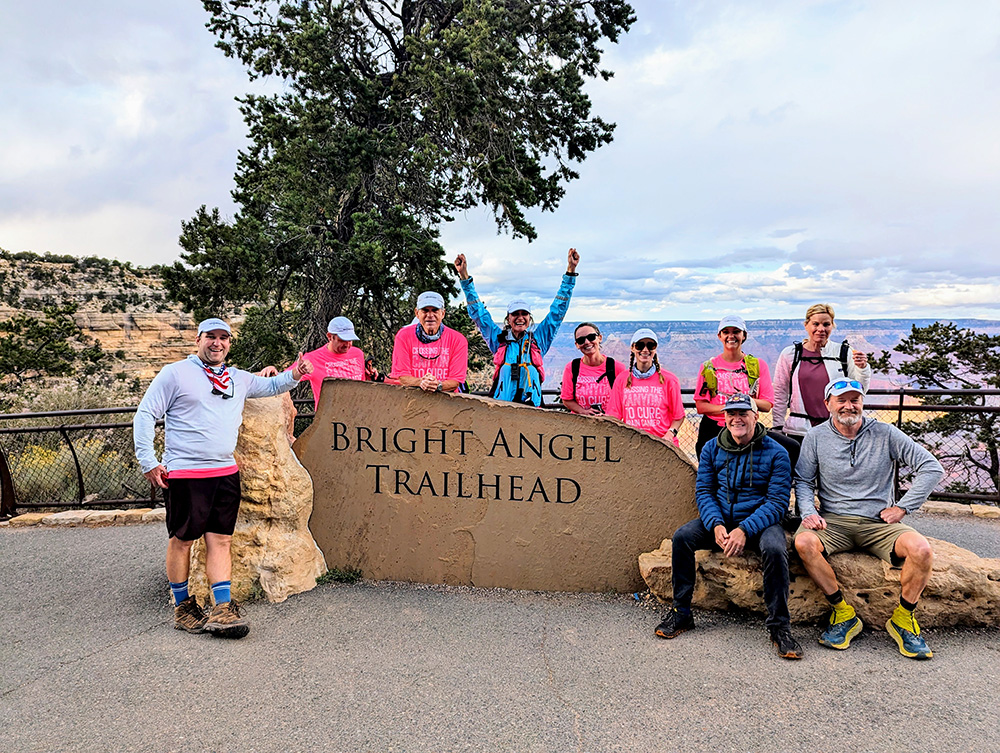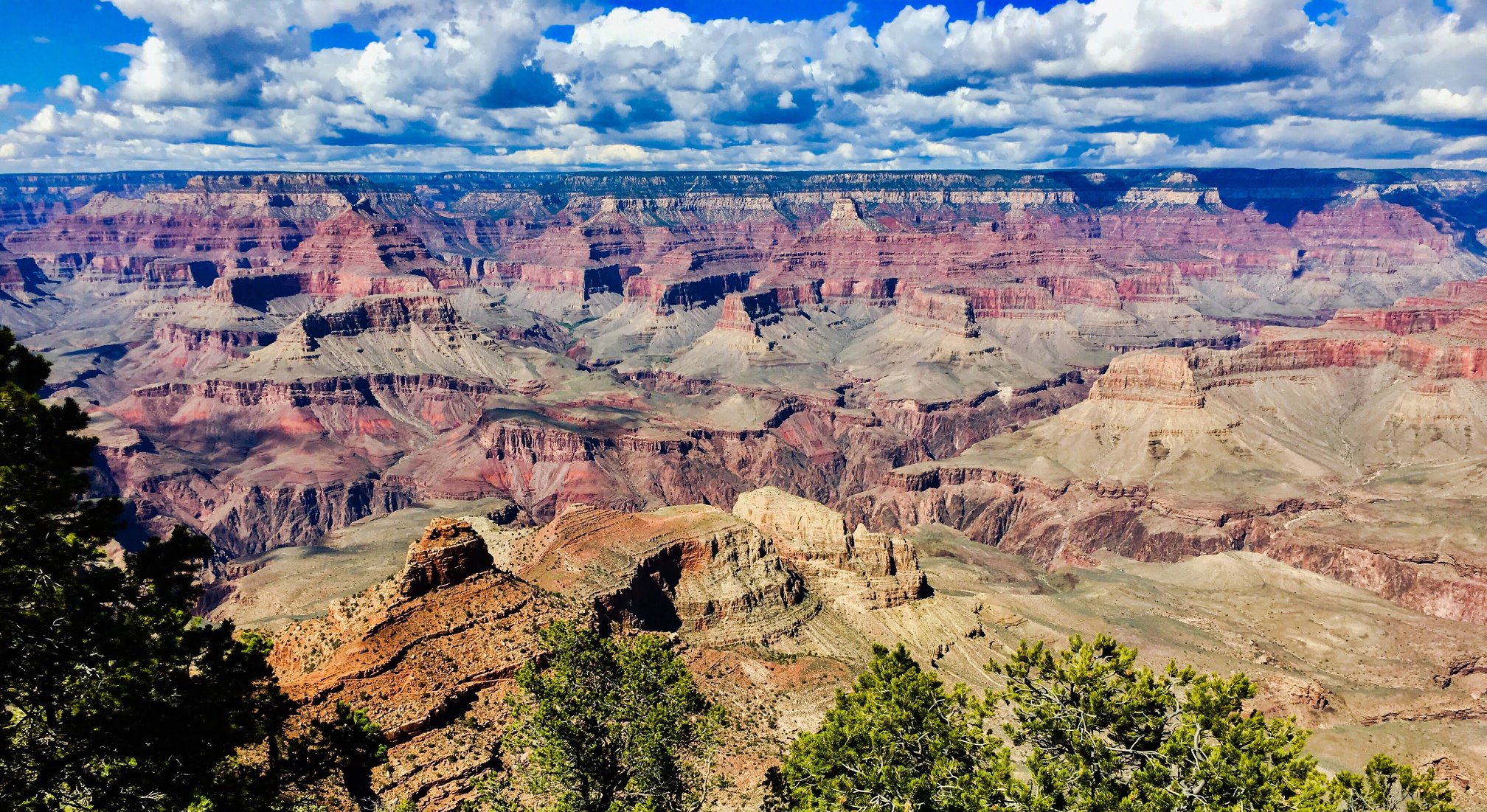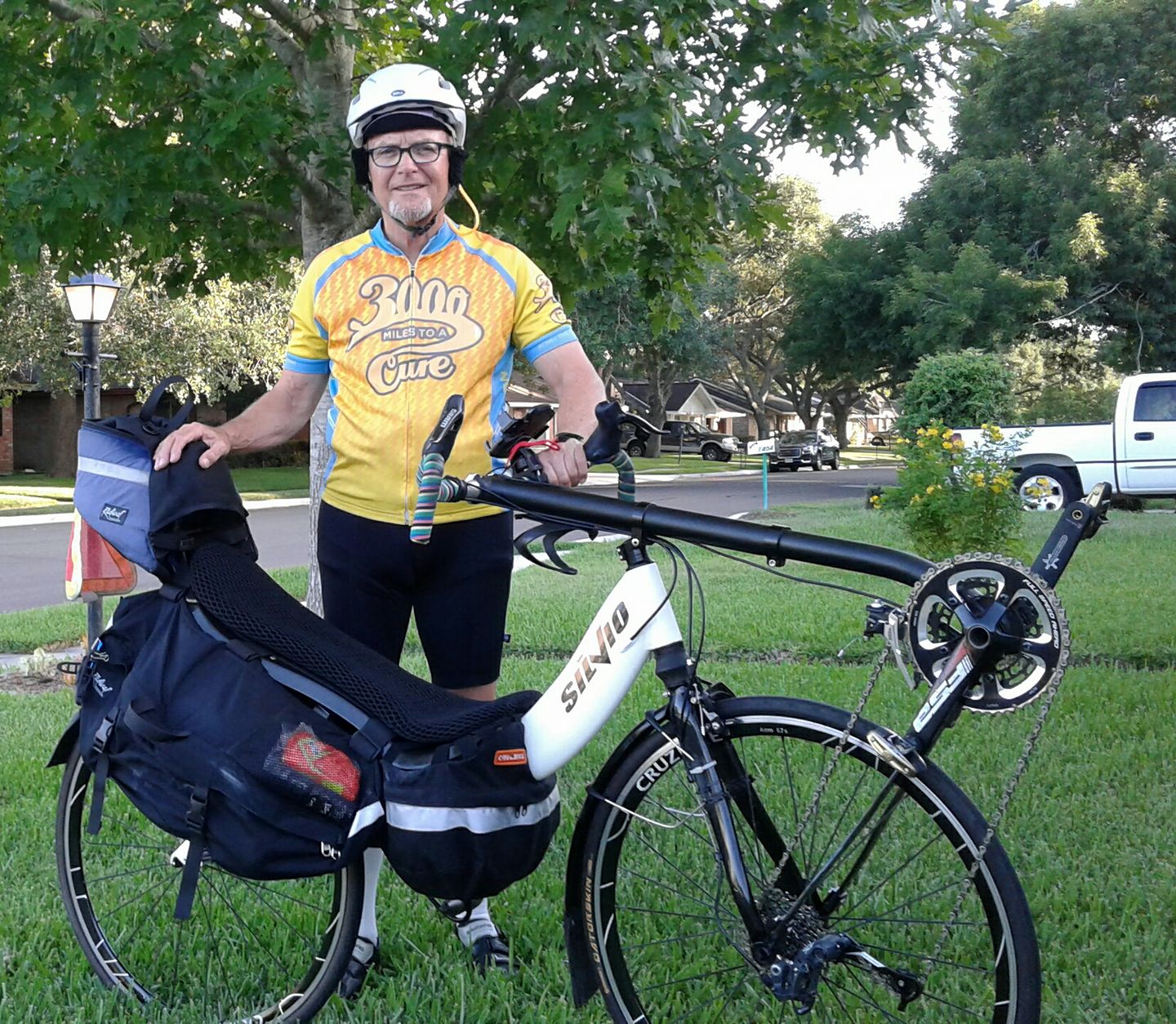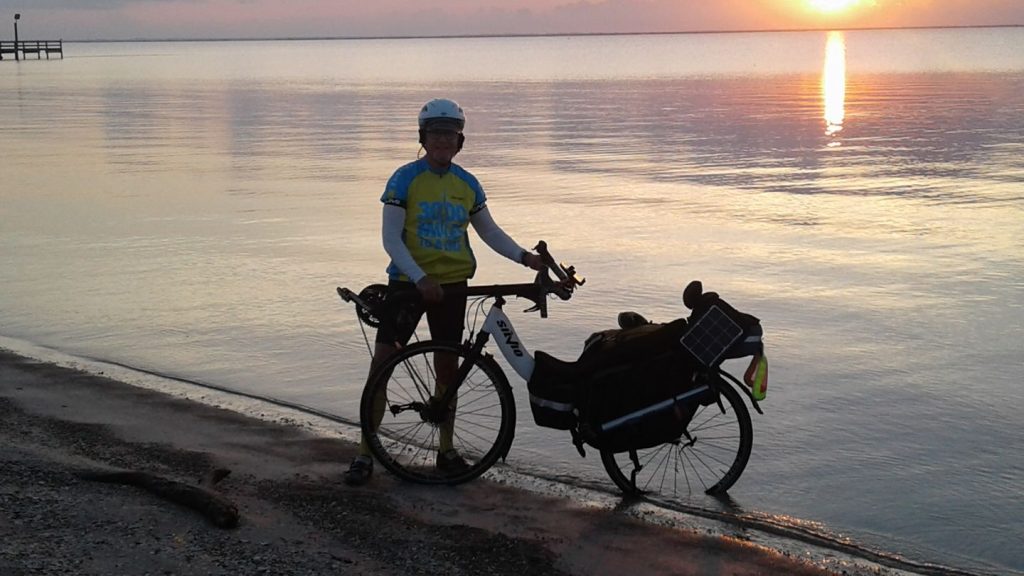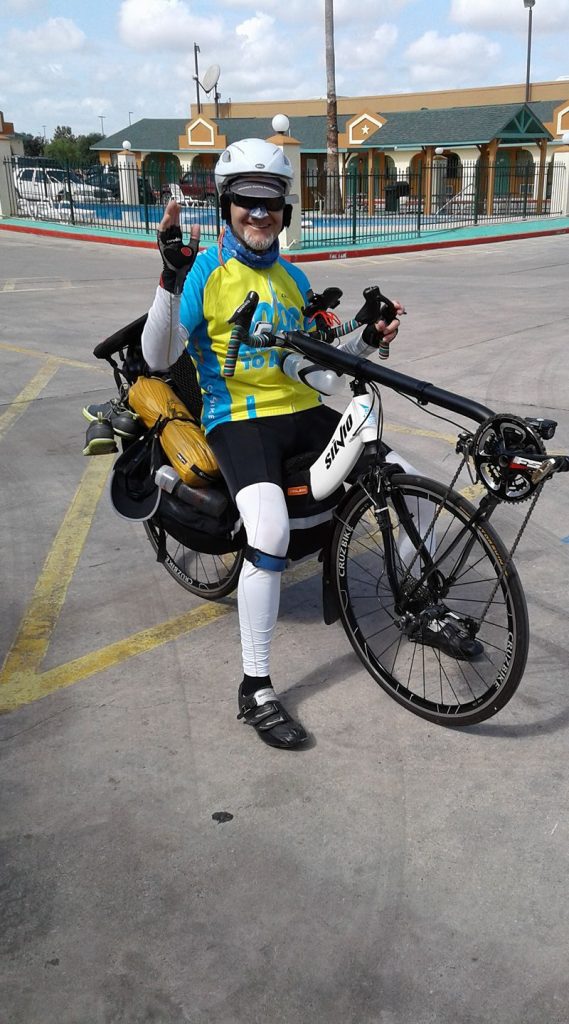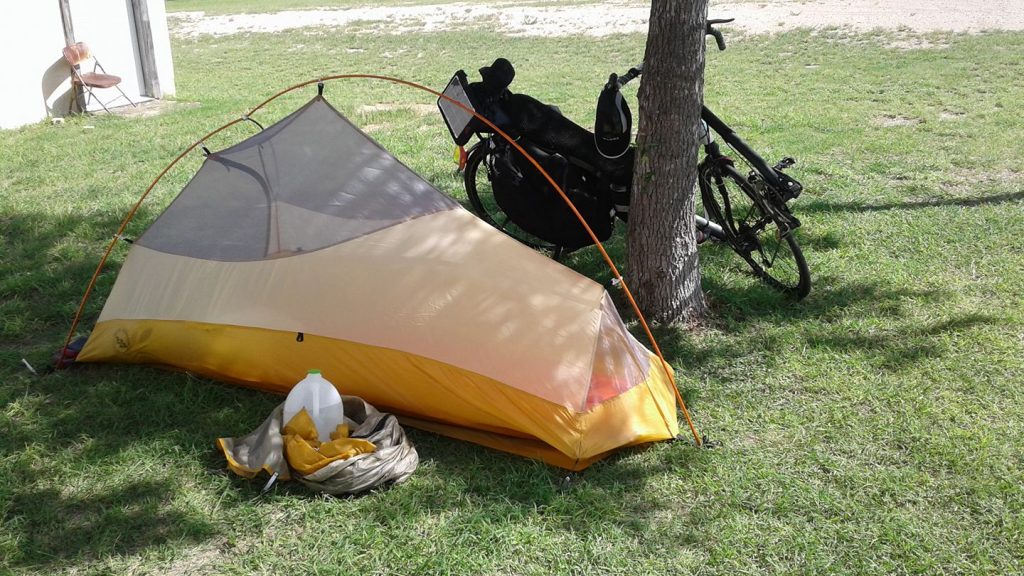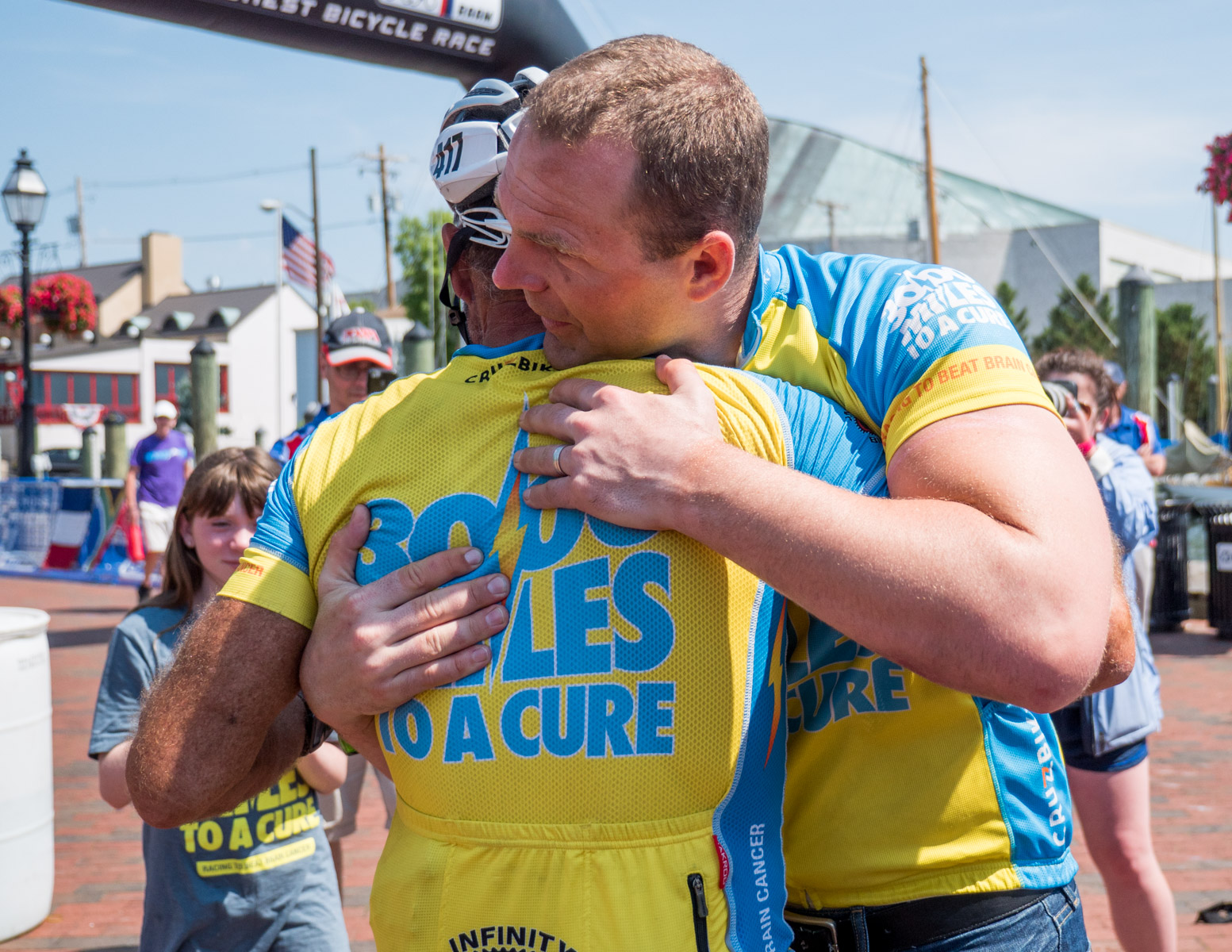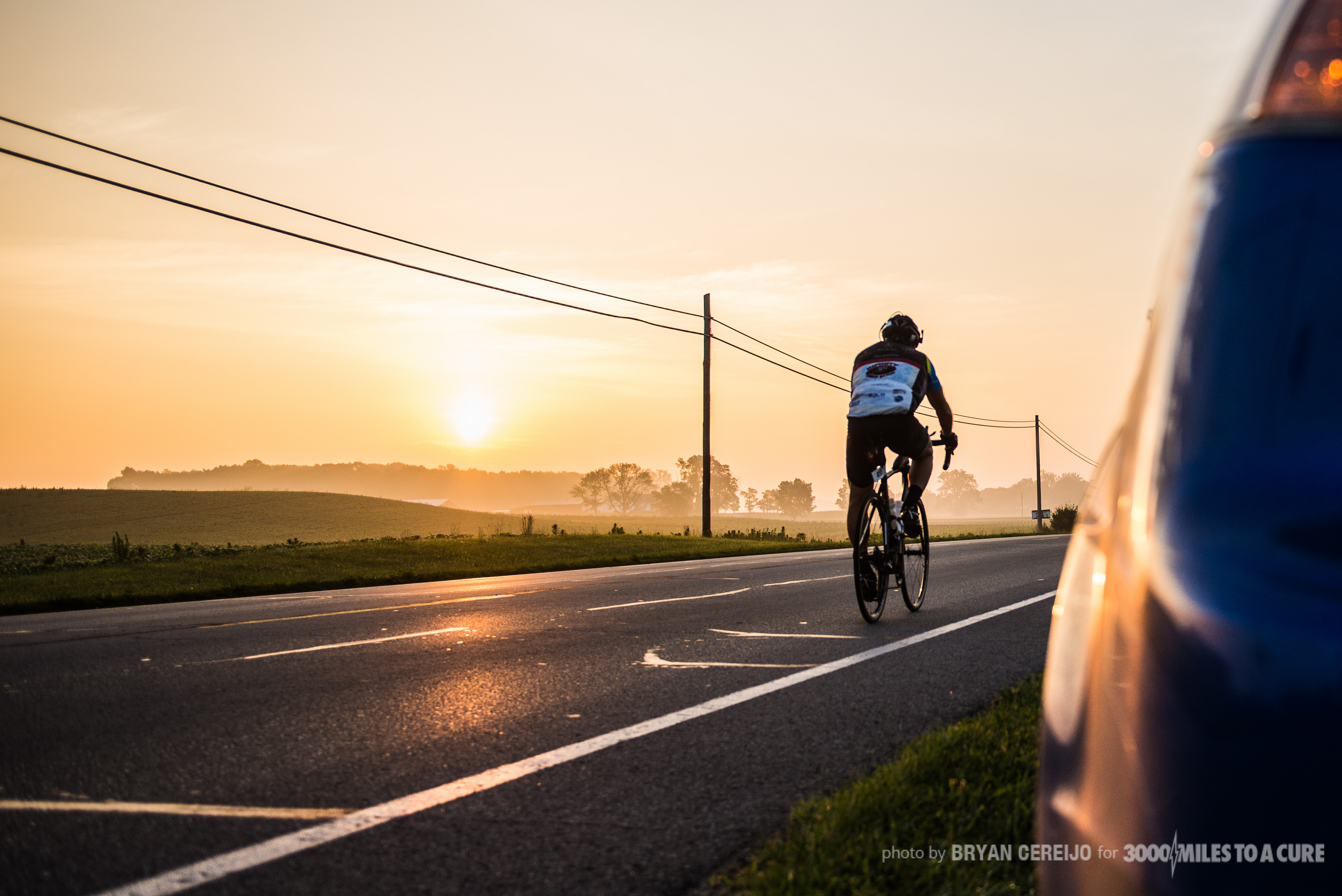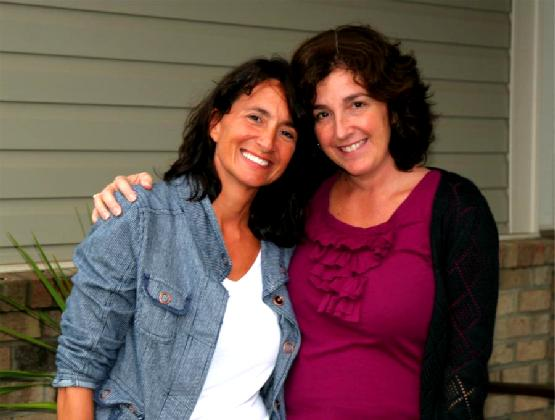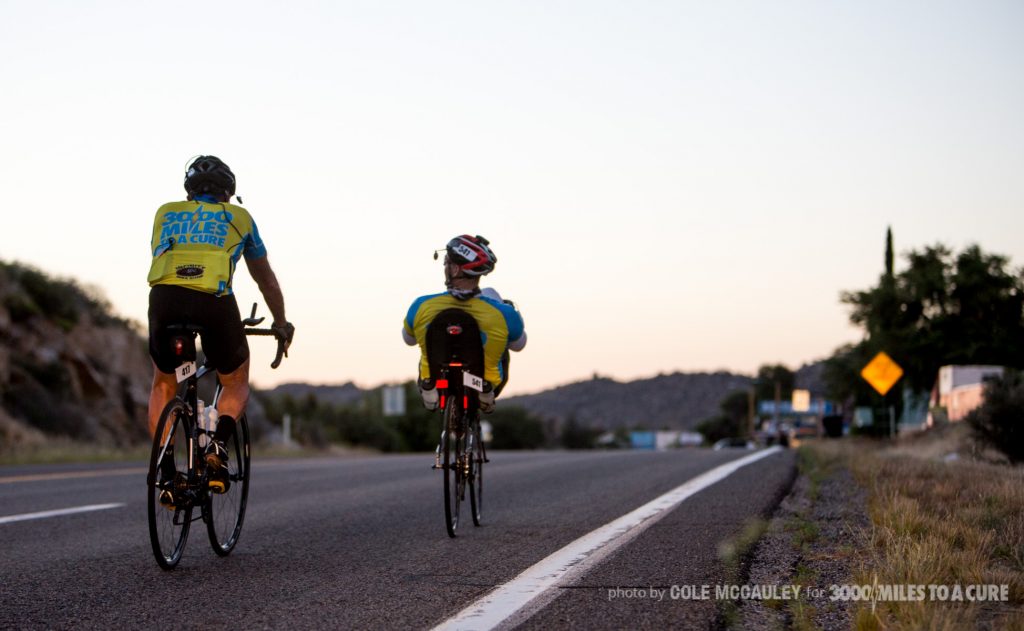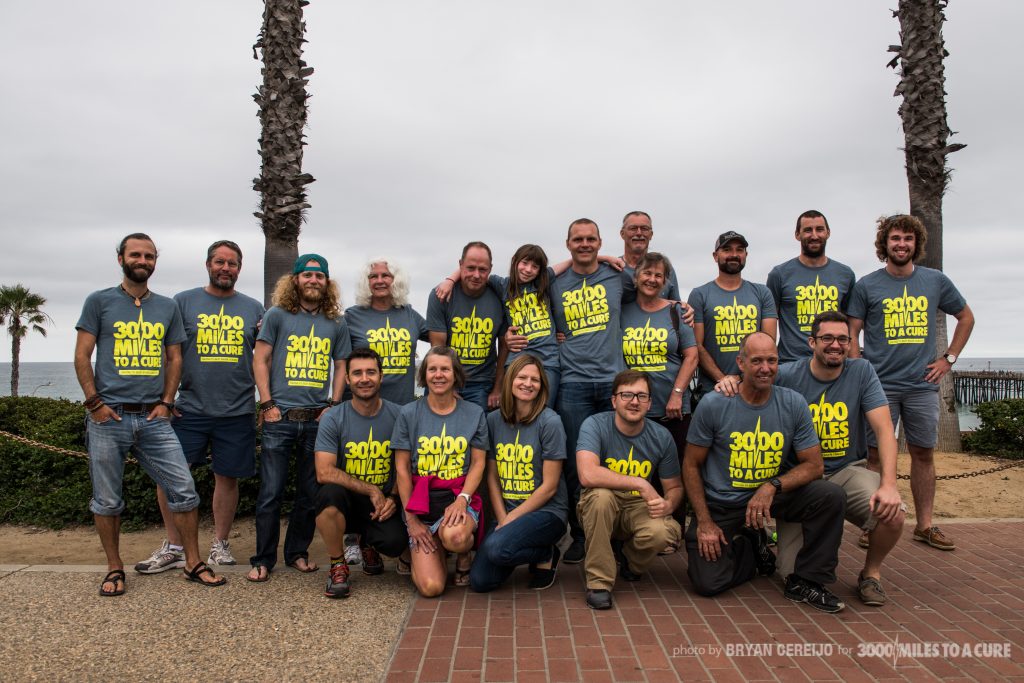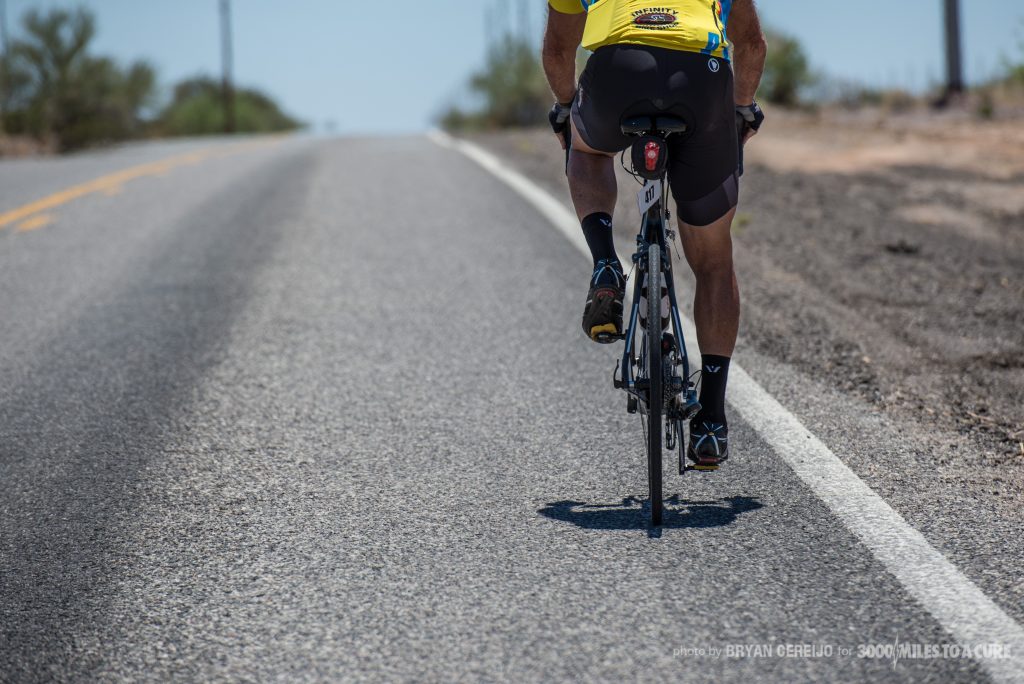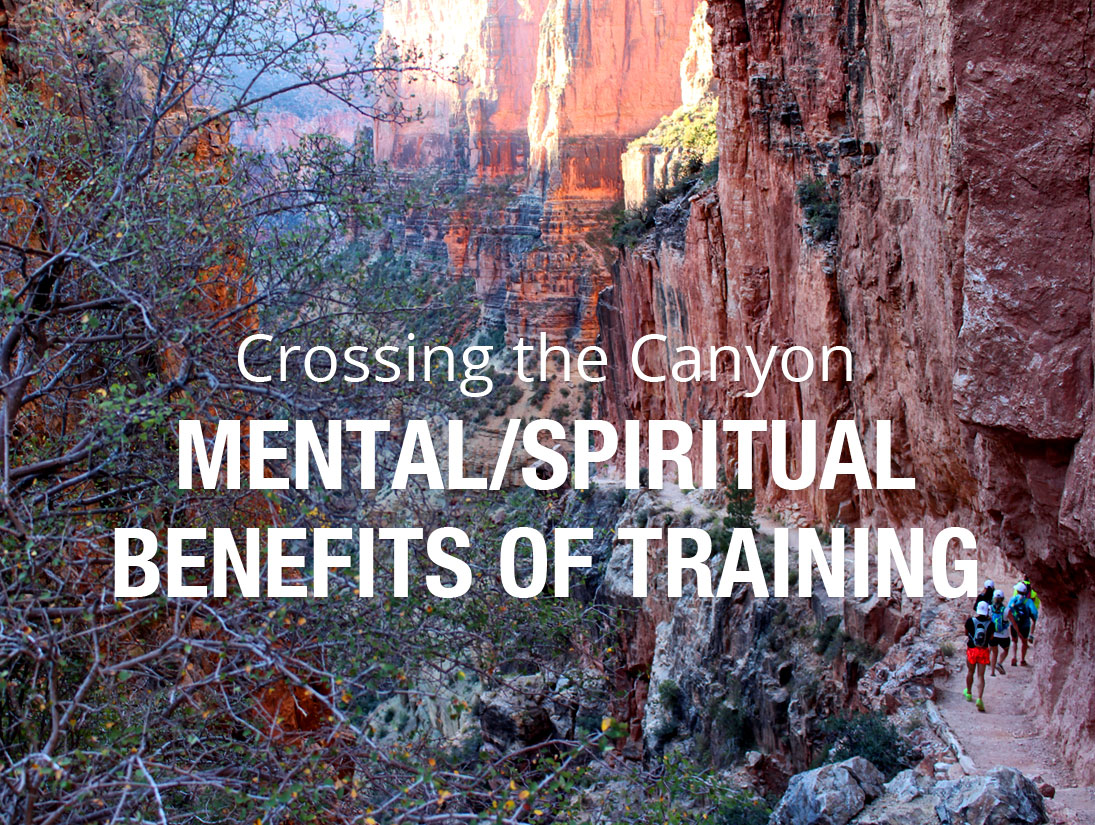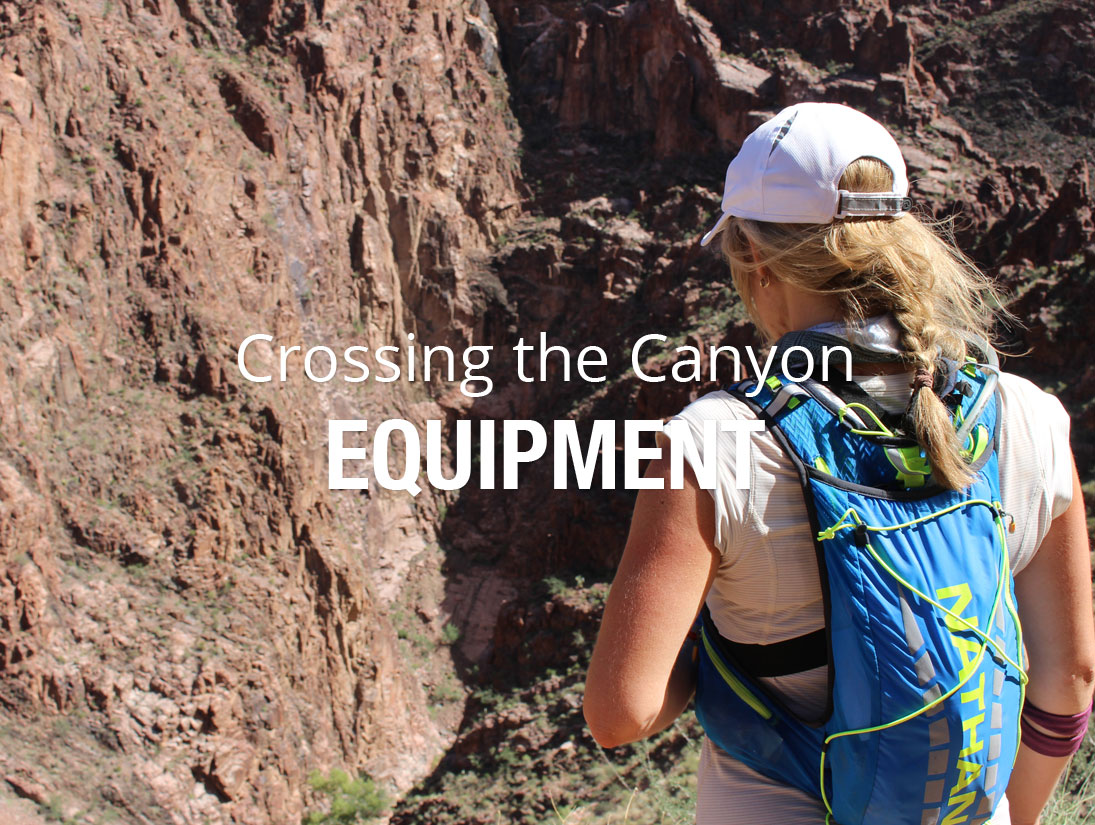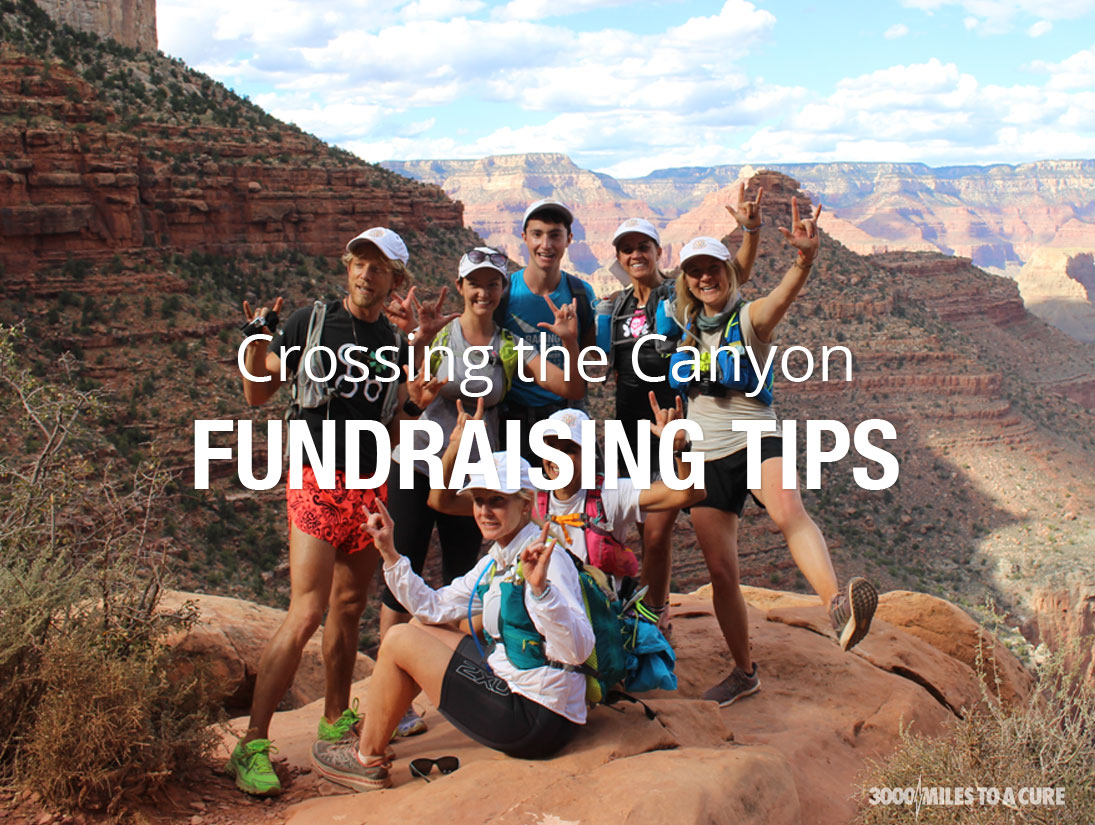Tom Roberts has been involved with 3000 Miles to a cure since 2013 when he crewed for my solo Race Across America. He’s since volunteered for two more RAAM crews. There’s only a few people in the world unselfish enough to do that. During one particularly tough and sleepless section of RAAM 2017 we chanted together “never again, never again, never again….”, but knowing Tom – he’d do it again. Don’t worry Tom, I won’t ask!
In addition to his incredible work ethic, Tom is one of the kindest people I have ever had the privilege of knowing. He also has a quiet, but wicked sense of humor. I was delighted when he decided to use his own epic journey from Texas to California, on a bike….. Self Supported, as fundraiser for 3000 Miles to a Cure. He raised a lot of money for brain cancer research and it was an adventure. What follows is his blog. Read and enjoy. Thank you Tom for coming alongside us in the journey. We love having you with us and together, we’ll cure brain cancer.
Tom’s blog:
Like most, I discovered long-distance cycling in an incremental way. First there’s the ride around the block, then around the neighborhood, then local group rides. Then you hear there is a ride called a century, and you can’t believe it’s even possible to ride a bike that far, but something in you wants to do it…And you do it, and you eventually do it a bunch of times. Then bike touring is discovered, which is when people ride many days consecutively; even cross-country or further. I had the desire to do a long-distance bike tour for several years, but there were always things preventing it from happening. This summer, however, things seemed to fall in place for a self-supported tour, not all the way across the country, but from the Gulf of Mexico to the Pacific Ocean!
I was scheduled to be a crew member for Race Across America (RAAM) in June, supporting the four-person team 3000 Miles to a Cure. For this I drove my car from my home in Texas to California. At the completion of RAAM in Annapolis, instead to flying back to California to get my car, I flew home to Texas in order to set myself up for a cycling tour to California to retrieve my car.
Over the years I had collected most of what I needed for a multi-day tour (sleeping bag, air mattress, tent, panniers and most importantly the Cruzbike S30). A few items were added in the weeks before the ride began, the most significant of which were a solar panel for charging electronics, a computer tablet, and a Garmin Edge Explorer 820 for cycling data and navigation. Since I live close to the Gulf Coast, dipping the back wheel of my bike in the Gulf of Mexico to start the ride seemed appropriate, and this is a custom for those departing from either the Atlantic or Pacific coast to make a cross-country trip. The idea to raise funds and awareness for brain cancer research was somewhat of an afterthought. 3000 Miles to a Cure had been the charity for which the RAAM team had worked so hard for, raising $37,000. So I thought, “Why not continue the effort on my tour?” Maria was totally on board with the idea, and so another dimension was added to my trip, which actually became the most meaningful aspect of the adventure. Now I wasn’t just riding to retrieve my car or to ride my bike 1,700 miles, but now the ride was to aid in the defeat of brain cancer! My fundraising goal was $1,000 and thanks to all those following the journey I approximately doubled that amount!
The ride began Saturday, July 15th in the tiny community of Austwell, TX. Early that morning the back wheel was dipped in the Gulf of Mexico, and the ride began. That first day was one of the hardest physically. I got acutely sick and thought that my first day might also be my last day. But I completed the 75-plus miles and managed to regain my strength overnight. The next morning I felt ready to go. With the exception of the last day’s ride on the Santa Ana River Trail, I had not ridden any of the route before. So every day was a new adventure. Day 2 ended in Charlotte, TX. This town has no motels so I stopped at a church and asked if I could pitch my tent on their lawn. They were fine with that and even let me shower the next morning. The next days finished in Hondo, Uvalde, and Del Rio, where I met Dex Tooke. Dex is well known in RAAM circles, having ridden twice and crewed multiple times. We exchanged RAAM stories, and he gave me advice on the upcoming portion of the ride. Leaving Del Rio, I crossed Lake Amistad, which is partly in Texas and partly in Mexico. The terrain was getting rougher and the climbs were getting steeper and longer. Eventually, I crossed the Pecos River and entered into the territory once governed by Judge Roy Bean, who was known as “The Law West of the Pecos.” His courthouse doubled as a saloon. This was in Langtry, where I spent another night in my tent. From here, it was on to Sanderson and then Alpine, where I took my first rest day. The next stopping point would be Van Horn, which was 102 miles down the road. Marfa is in between, but not far enough along to stop for the day. Outside Marfa there is a sign “Next Services 74 Miles”—an hour in a car but about 5 on a loaded bike. I had plenty of water and made it with no problems. Along the way I took pictures, some of which are of historical markers, which I never stop to read while travelling by car. Between Van Horn and Fort Hancock I entered into the Mountain Time Zone (still in Texas). There is a back road from Fort Hancock into El Paso, so I avoided I-10 for a while. I stopped at a bike shop in El Paso for directions through the city and a customer gave me $20 for 3000milestoacure. on day 13 I finally departed from the great state of Texas and head for Hatch, NM. I saw pecan orchards everywhere watered by irrigation canals. The irrigation canals first appeared east of Van Horn, and they continued through NM, AZ and CA. I hadn’t realized there was such a network of these canals. Without them this land would only be desert. With them the desert blooms with pecans, cotton, chili peppers, dates, citrus and more. Hatch is not much for motels, but Sparky’s is a great place to eat. 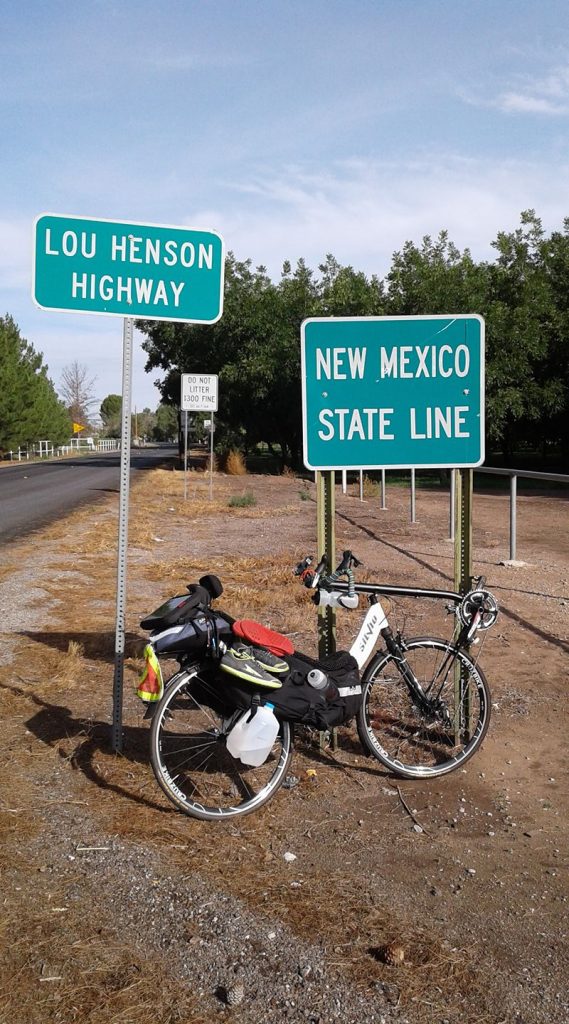
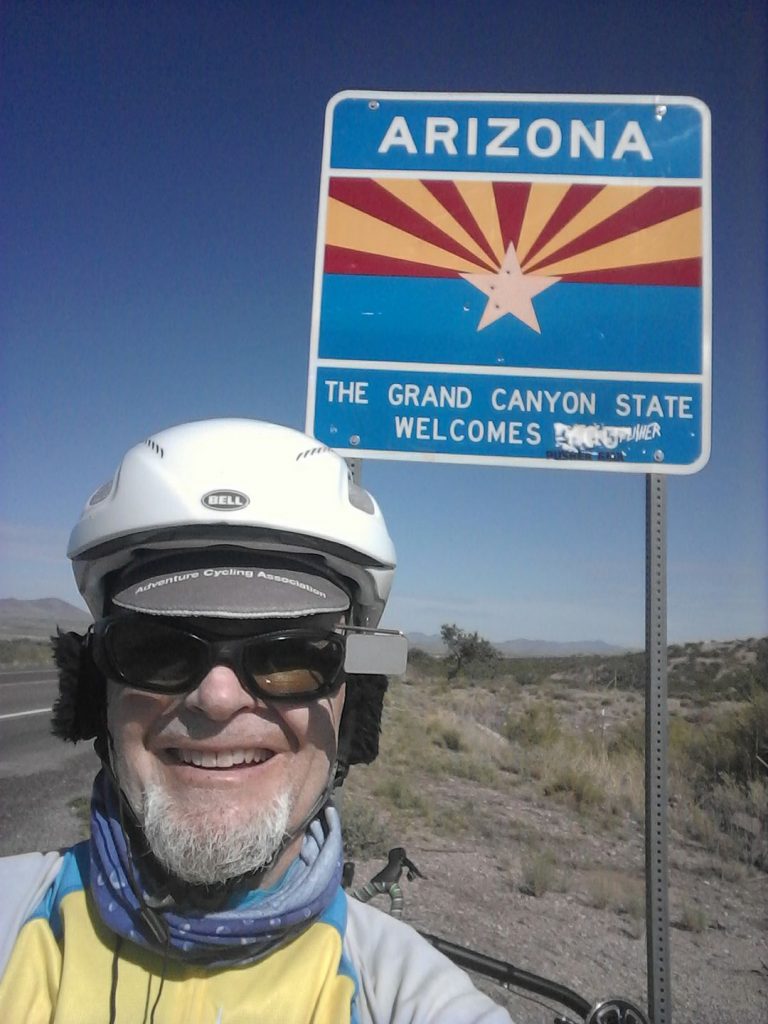
Next, it was on to Deming, then Lordsburg, and soon the state of Arizona. Safford was my first stay in this state and where I took my second rest day. Globe came next. I passed through an Apache reservation along the way. After a night in Globe, it was on to Superior. It was only 25 miles but perhaps the most difficult and dangerous leg up to that point. This is copper and gold mining country. …Lots of traffic and lots of steep gradients, both up and down. I passed through a tunnel on a 7% downhill grade with no cars behind. I was thankful to make it to the motel safely. Then it was on to the Glendale, AZ, which meant passing through the Phoenix metropolitan area. Mesa was the first city. I was a few miles into the ride on Hwy 60 when a highway patrolman informed me that riding on this road is not permissible. It was still a long way to Glendale. Garmin maps suggested paths along irrigation canals (some paved and some not) along with some busy streets. The day was extremely hot. I came across a Starbucks none too soon. Iced tea and air conditioning revived me for the rest of the day’s ride. The next day I covered 60 miles to Tonopah, AZ. My total mileage was over 1,200 at that point. The following day was the longest of the entire trip. I ride 107 miles through blistering heat to Quartzsite, AZ, arriving at the Yacht Club Motel. Each room had a different nautical theme. I stayed in the USS Constitution (Old Ironsides) room. California was only a few miles away, and the next morning I crossed the Colorado River, entering into Blythe. From there I headed south toward Cibola, AZ. Since the border between to two states follows the river, I re-entered AZ. The next morning an early start got me on the road to Brawley, CA, which is another very dangerous section. Hwy 78 is a two lane road with steep rollers and no shoulder. 18-wheelers coming in both directions meant getting completely off the road on a number of occasions. In the beginning the landscape looked like the surface of the moon, then around Glamis, CA, it became sand dunes and resembled the Sahara desert; then thanks again to irrigation, cultivated fields appeared approaching Brawley.
The next morning the riding began at 6:30am. My destination was Palm Desert. The route was Hwy 111 almost all day. The road surface was chip seal but not as bad as Texas chip seal…just rough enough to make you want something better. 18 miles outside of Brawley came the town of Niland. From there for most of the rest of the day the pavement was extremely smooth….A pleasure to ride and many miles yet to go. The Salton Sea was off to my left for most of the day. At one point the elevation was 200 feet below sea level! There was not much activity, but it is a large body of water.
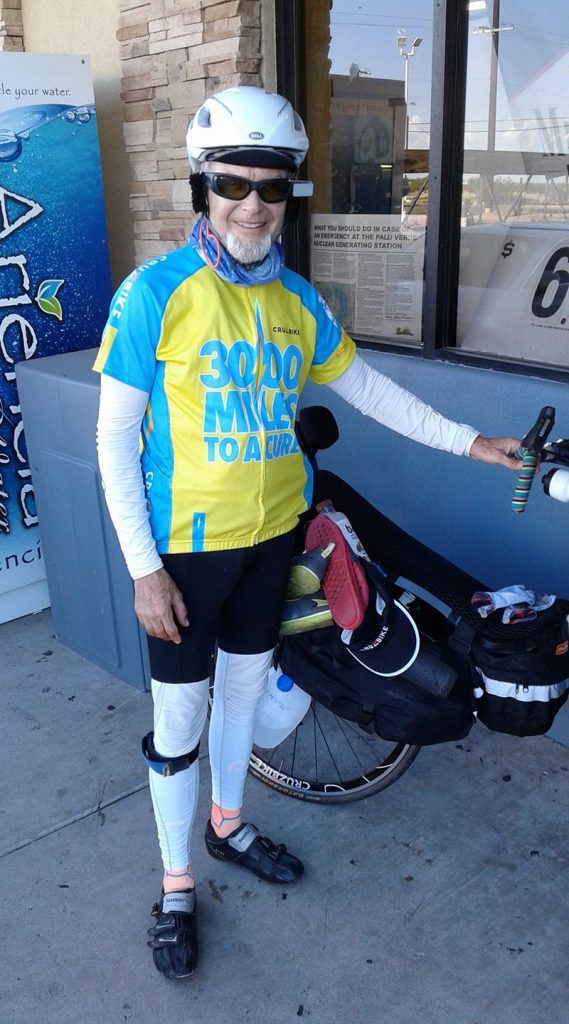
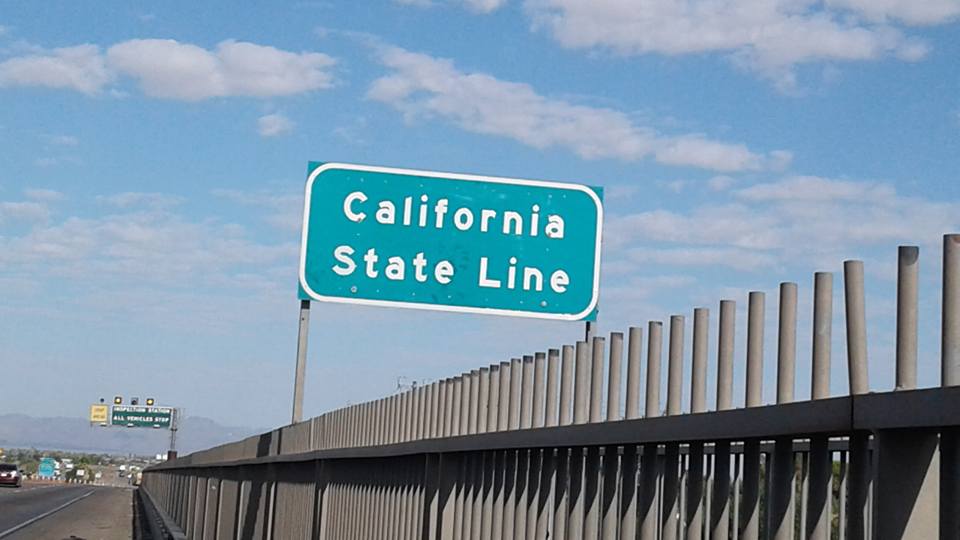
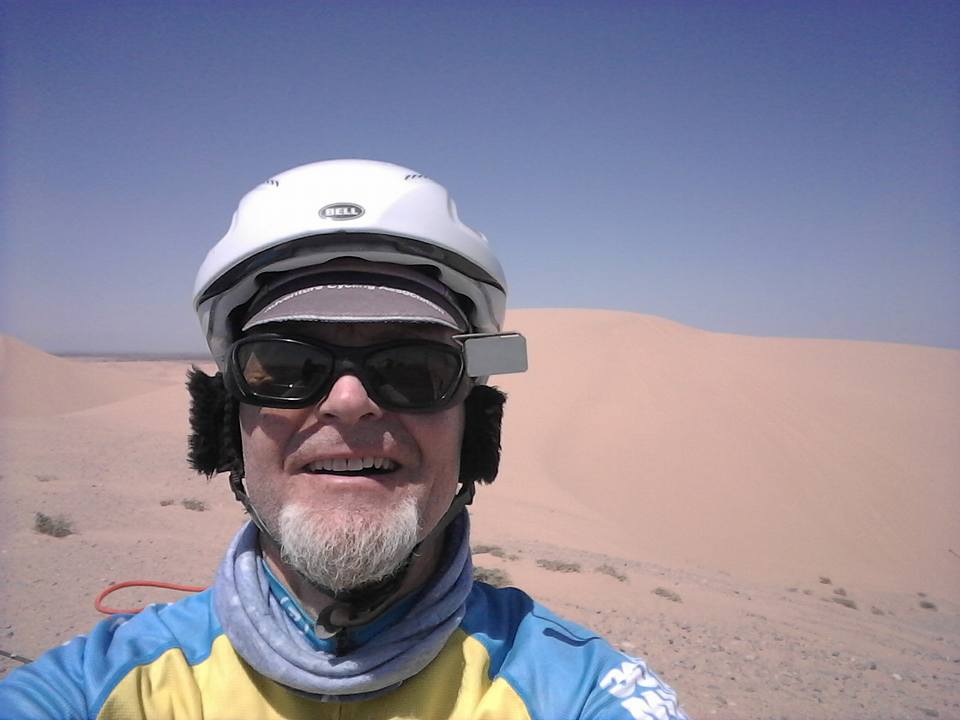
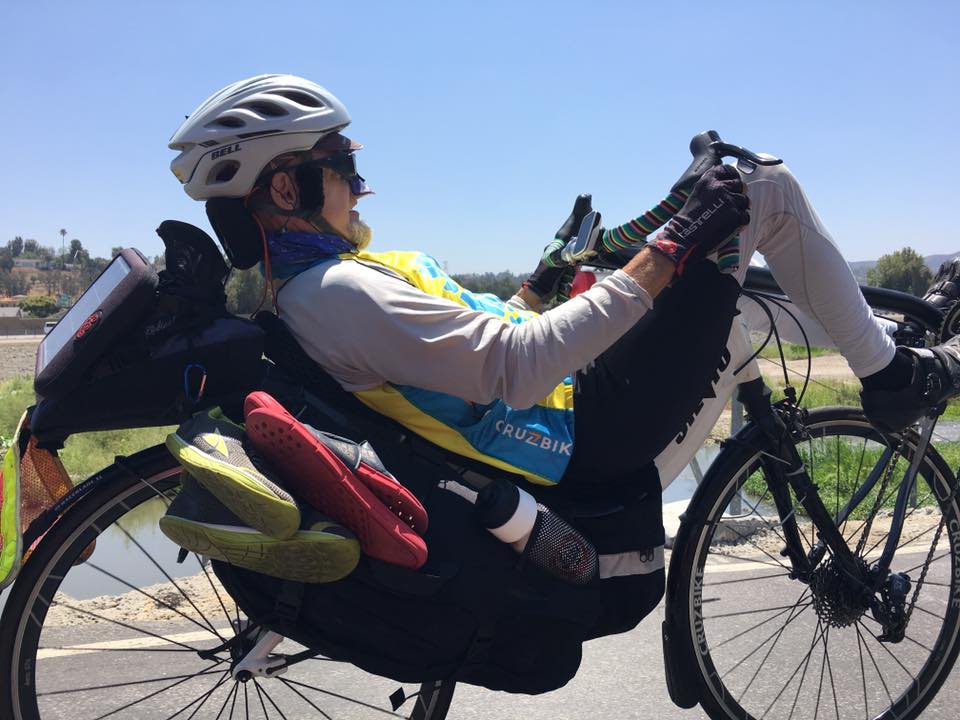
Approaching populated areas the desert began bearing fruit thanks again to irrigation…citrus, dates, grapes. All in all it was a good day on the bike though a bit warm (at least 111 degrees). Day 27 (the next to last) was the day to forget, though the toughest experiences seem to be the ones that stick with us the longest. Of the 62.8 miles I rode that day, probably 52 were spent on I-10. There is really not a good route between Palm Desert and Redlands for bikes. I was stopped by two CHPs. The first one informed me that bicycles are not permitted in this area but said that I could go ahead. That was about 15 miles from my destination. The second CHP with speaker blaring pulled me over and in no uncertain terms told me that I had to get off the freeway. I placated him, and he gave me good directions to my motel. I made it safely.
Day 28: August 11, 2017
Redlands, CA, to Pacific Ocean at Huntington Beach. 70.1 miles.
Total: 1697 miles
This was the final day of my tour. I started about 8am, found my way to the Santa Ana River Trail (SART), and enjoyed not having to look out for cars. There are two sections to the SART which are not connected. The upper section plus the streets to get to the lower section is 40 miles; the lower section is 30 miles. A cycling friend, Glenn Frank, met me on the lower section, and we rode together for several miles. I enjoyed the company. And the SART is the only portion of the tour I had ridden before. I simply clicked off the miles until the deep blue sea was in view.
Thankfully, a safe trip. …No real mishaps–not even a flat tire! Also, the S30 handled very well fully loaded!
For what it’s worth here are a few lessons I learned. They may be useful should you undertake a similar bike tour.
- Pack as lightly as possible; then cut it in half.
- Take care of your feet, hands, face, lips and seat.
- Take care of the bike.
- Wear full-fingered gloves. (I got blisters on both index fingers from sun exposure.)
- SPF 50+
- Spin don’t mash
- Learn to appreciate 15 mph. (You may not see it that often.)
- Don’t attack anything. You will run out of fight before you run out of things to attack.
- Accept the environment.
- Enjoy the journey.
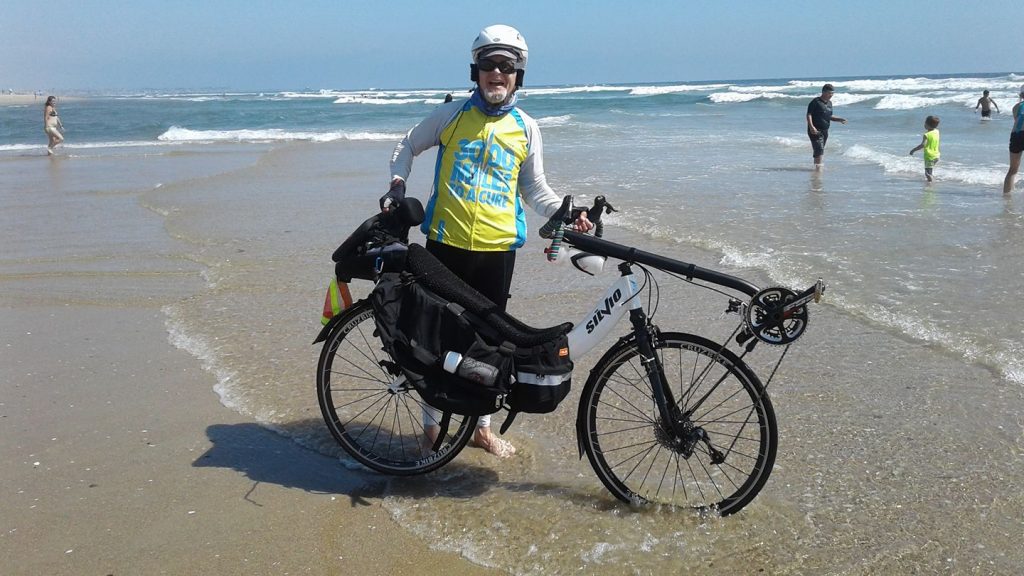
Tom
read more

